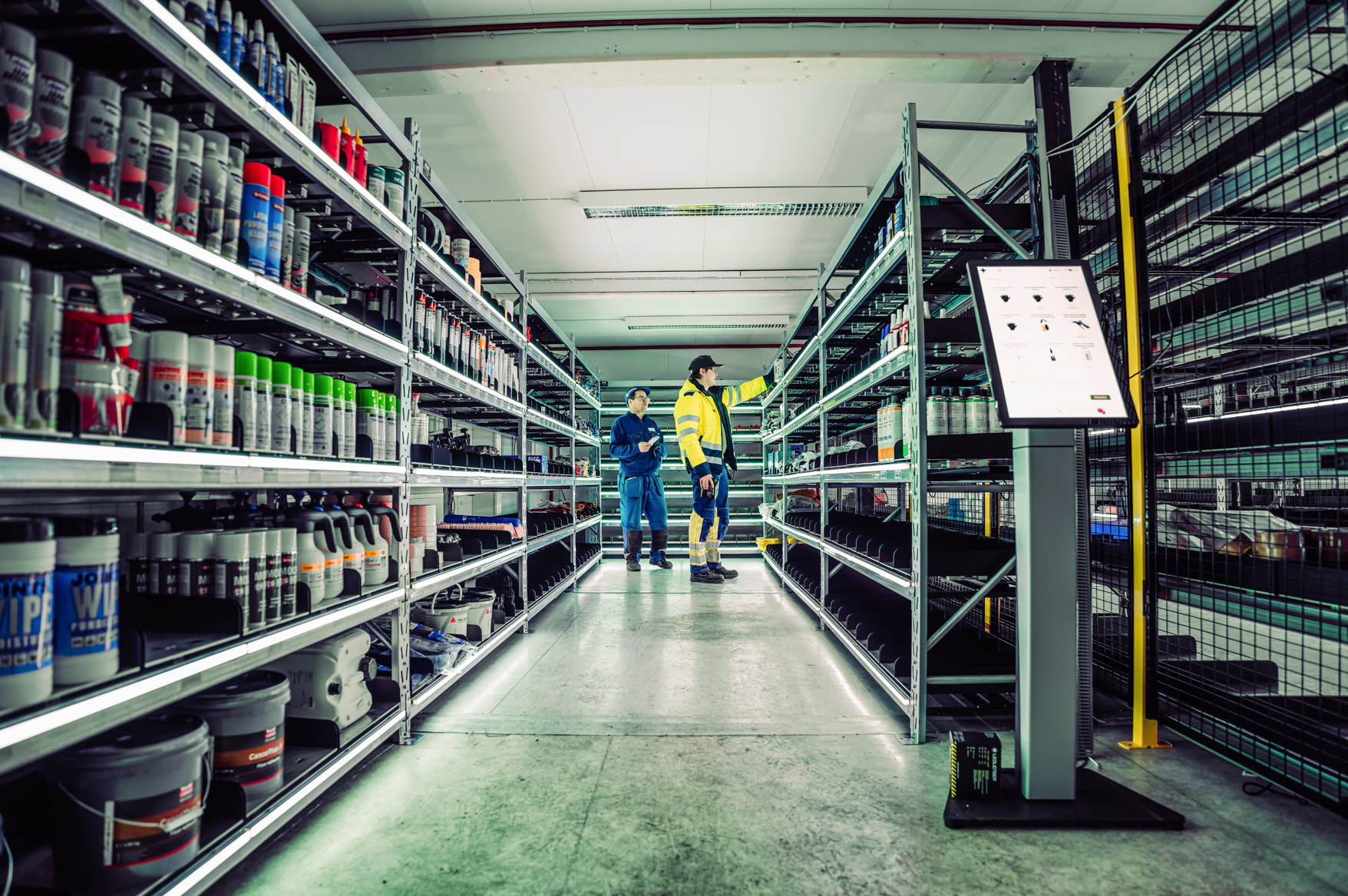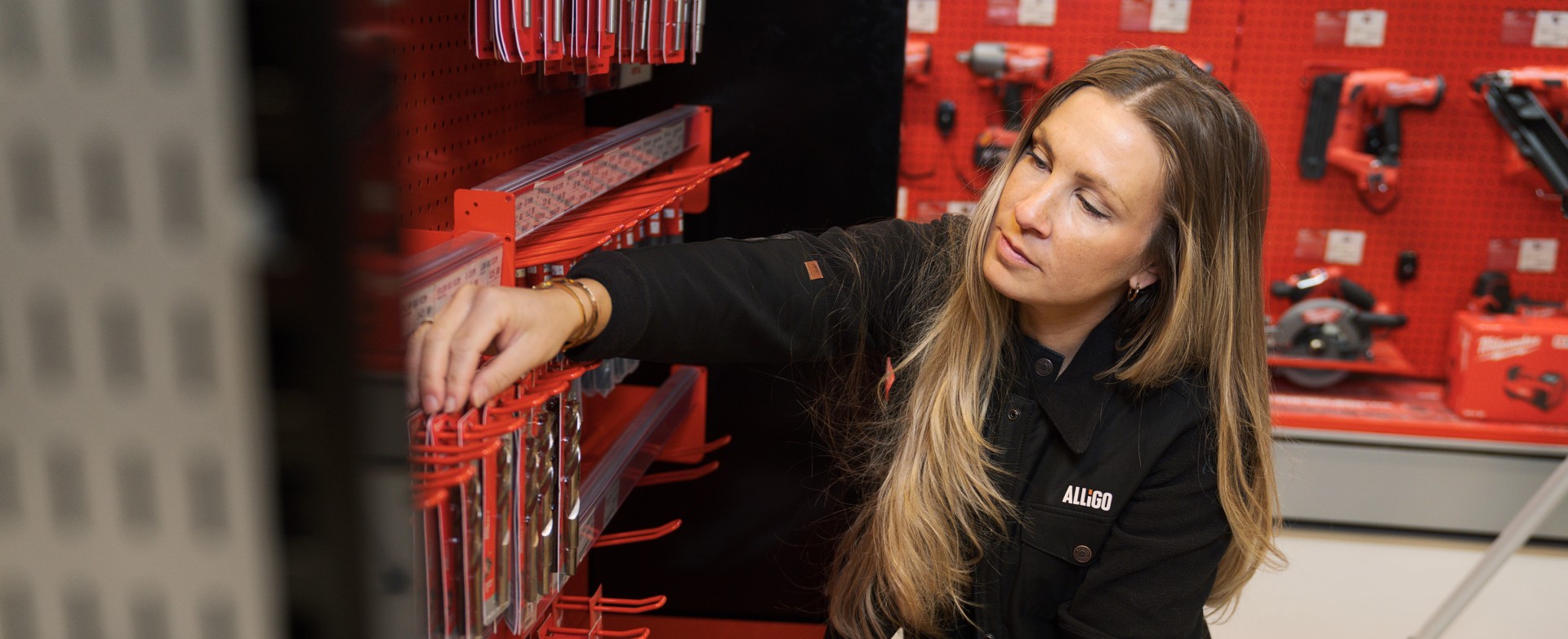“We have reduced manual purchase orders by 80 percent”
Škoda Transtech manufactures trams in Otanmäki, Finland. Its factory has a long-term collaboration with TOOLS for suppling work clothes, tools and personal equipment. Now it has access to products around the clock.
IN SPRING 2022, Škoda Transtech started using Smart Service and the solution has really revolutionized its purchasing routines. Among other things, it has access to products around the clock. Within its own factory.
Marko Hurskainen is factory director at Škoda Transtech Oy, which is part of the international Škoda Group. The factory in Otanmäki has around 650 employees who manufacture low-floor trams and rail equipment.
What do you buy through Smart Service?
“We buy tools, occupational safety products, grinding products, welding products and more. Previously, we bought from several different manufacturers, but now we have centralized the purchasing from one supplier,” says Marko Hurskainen.
How does a typical purchase work?
“We have a large automated Smart Service shop, available around the clock. It acts as a central warehouse. Then we have 14 intelligent vending machines near where we work. They are our main points of purchase. We can pick up our products smoothly, quickly and in a controlled manner.”
Do you also use other channels when you make purchases from Alligo?
“Yes, with direct purchase orders. If we find that we buy a lot of a certain product, we upgrade it to a Smart Service solution. We monitor our purchasing data and automate distribution based on that. We also use the data to make requests to TOOLS, who in turn makes changes to its product portfolio.”
Has Smart Service changed your purchasing processes?
“We have reduced the number of manual purchase orders by up to 80 percent thanks to the automation in Smart Service.”
How do you use the data generated by Smart Service?
“The goal is to optimize so that the production lines always have the right products close to them. If a workstation uses a lot of a particular product, it can be transferred to the Smart Service central warehouse – and vice versa. We also monitor consumption behavior using the data.”
What added value would you say Smart Service brings?
“We get better access to products. The staff’s walking and waiting times have also been shortened. In the past, our supervisors carried products out to users manually, now they don’t have to. So they also save time. We have also gained better control.”




